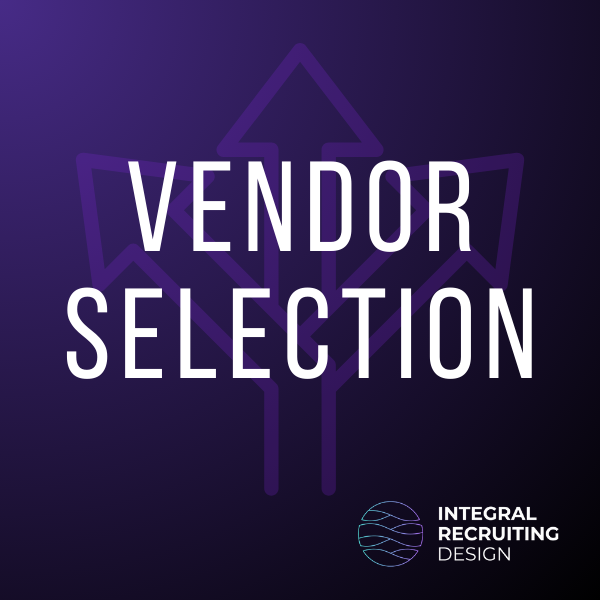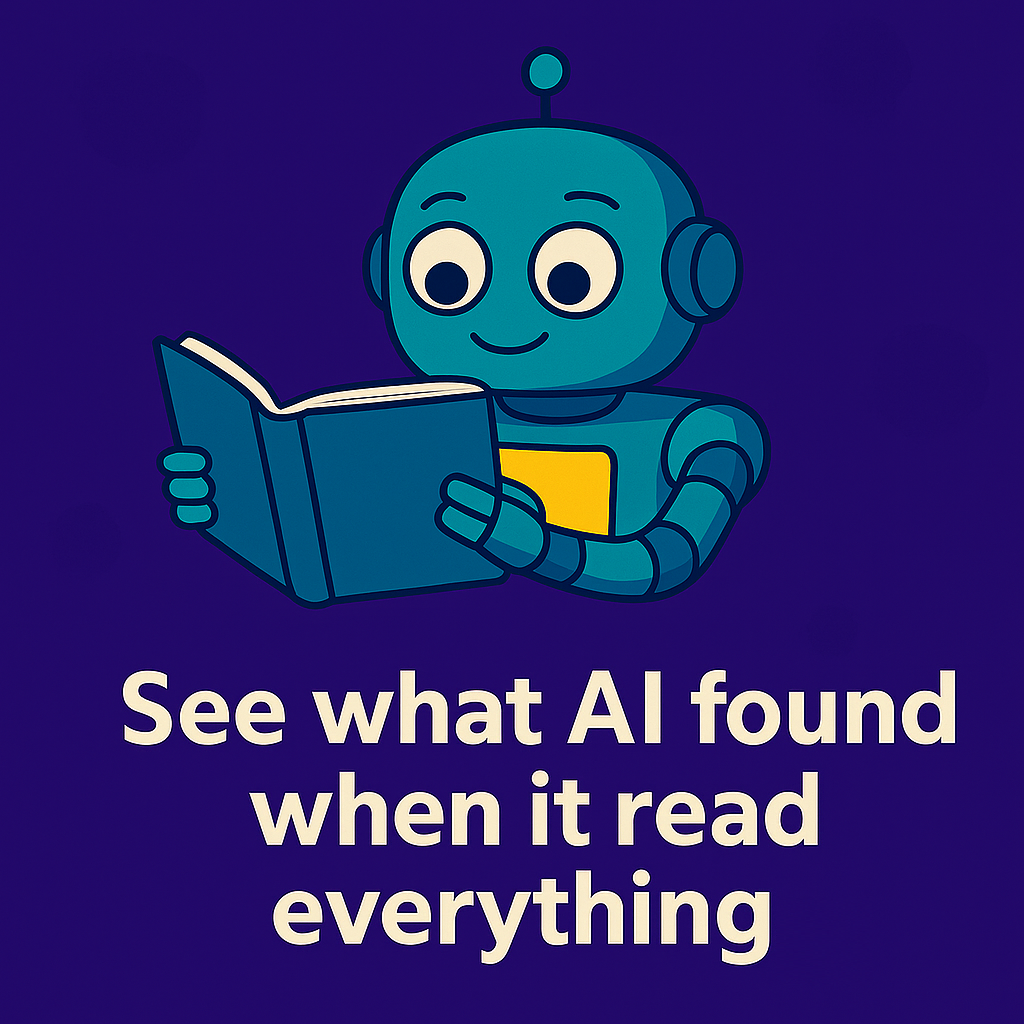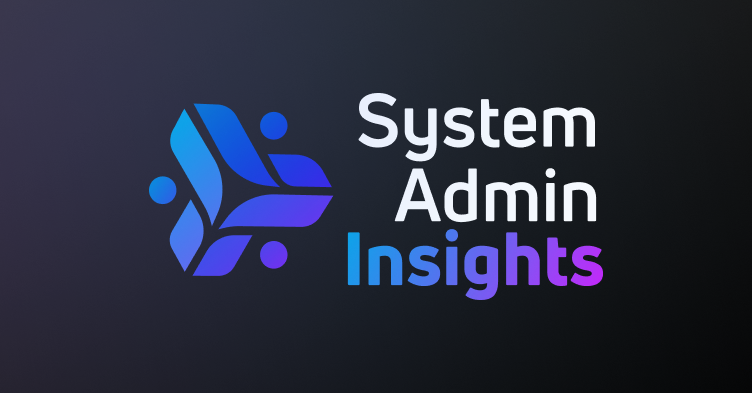The most technically perfect iCIMS implementation can still fail completely. Why? Because we forget that software doesn’t hire people—people hire people.
According to Gartner, projects with strong stakeholder engagement are 40% more likely to meet objectives. Meanwhile, Prosci research shows that a structured change management approach increases success rates by 84%. Yet in the rush to configure workflows and migrate data, the human element often becomes an afterthought.
The Ownership Paradox
I’ve observed a pattern across hundreds of implementations: the people most resistant to a their new iCIMS ATS often become its strongest advocates when they’re meaningfully involved in the process.
Last year, I worked with a manufacturing company where one particular hiring manager was vocally skeptical about the new system. Rather than trying to convince him, we invited him to join the implementation team. His practical insights improved the final solution, and he became the system’s most enthusiastic champion among his peers.
This illustrates what I call the “ownership paradox”—people support what they help create.
The Human Side of System Change
When we implement a new iCIMS ATS, we’re not just changing software—we’re changing how people work every day. This represents a significant psychological and behavioral shift that touches on core human needs:
- Mastery: People take pride in their competence. A new system temporarily makes experts feel like novices again.
- Autonomy: Users lose familiar workarounds and must adapt to standardized processes.
- Purpose: The “why” behind the change isn’t always clear to frontline users.
- Fairness: Changes often seem imposed from above without user input.
- Certainty: The implementation creates anxiety about performance and job security.
Successful implementations address these human factors directly rather than focusing exclusively on technical configuration.
The Change Curve: Anticipating Emotional Responses
Any significant change triggers predictable emotional responses. The Kübler-Ross change curve identifies stages that users typically experience:
- Shock and Denial: “The old system worked fine. Why are we changing?”
- Anger and Fear: “This is going to make my job harder. I don’t have time for this.”
- Bargaining: “Can’t we just keep the old system for certain processes?”
- Depression: “I’ll never learn this. Maybe I should look for another job.”
- Acceptance: “I’m starting to see how this could work better.”
- Integration: “I can’t imagine going back to the old way now.”
Understanding where different stakeholders are in this emotional journey helps you tailor communication and support appropriately. Early resistors aren’t necessarily being difficult—they’re processing legitimate concerns that need acknowledgment.
Building Your Implementation Dream Team
Successful implementations require more than just technical experts. You need a cross-functional team that includes:
- Executive Sponsor: Not just a name on the project charter, but someone who visibly champions the project, removes obstacles, and holds people accountable.
- Project Manager: The orchestrator who keeps everything on track, manages the schedule, coordinates resources, and drives decisions.
- Process Owner: Usually someone from talent acquisition who deeply understands current recruitment processes and can make authoritative decisions about future state.
- Change Champion: A respected leader who can influence peers and translate technical changes into business benefits.
- Technical Lead: The person who understands systems, integrations, and data flows.
- End-User Representatives: Recruiters, coordinators, and hiring managers who bring practical perspective and reality-testing to the project.
- Implementation Partner: Experienced consultants who have walked this path before and can help you avoid common pitfalls.
This diverse team ensures all perspectives are represented and creates a built-in adoption network that extends throughout your organization.
Stakeholder Mapping: Understanding Influence Networks
Not all stakeholders have equal impact on your implementation success. A stakeholder mapping exercise helps identify:
- Decision Makers: Those with formal authority to approve changes
- Influencers: Those whose opinions shape others’ perceptions
- Directly Impacted: Those whose daily work will change significantly
- Indirectly Impacted: Those who interact with the system occasionally
For each key stakeholder, document:
- Their current understanding of the project
- Their level of support or resistance
- Their specific concerns or interests
- Their preferred communication channels
- Their influence on other stakeholders
This map becomes your guide for engagement activities, helping you prioritize limited time and resources for maximum impact.
The Change Management Imperative
The technical aspects of implementation are only half the equation. Equally important is a structured approach to change management that includes:
Strategic Communication
Effective communication about your iCIMS implementation:
- Starts with “why” before explaining “what” and “how”
- Addresses the WIIFM (“What’s In It For Me?”) for each audience
- Creates a shared vocabulary for the new system and processes
- Maintains consistency across channels and messengers
- Acknowledges challenges honestly while maintaining optimism
- Celebrates progress and recognizes contributions
Develop a communication matrix that identifies key messages, timing, channels, and responsibilities. One retail client created a weekly “Implementation Insider” email that combined project updates with user spotlights and tips, maintaining momentum and engagement throughout a lengthy implementation.
Thoughtful Training
Training is where change management theory meets practical reality. Effective iCIMS training:
- Is role-based rather than generic
- Focuses on workflows rather than features
- Includes plenty of hands-on practice
- Uses realistic scenarios from your organization
- Provides performance support tools (quick reference guides, videos)
- Includes follow-up sessions after go-live when real questions emerge
Consider a multi-tiered approach:
- Super-users receive comprehensive training and serve as local experts
- Regular users get role-specific training on their core workflows
- Occasional users receive simplified training focused on their specific interactions
- Executives get strategic overviews focused on reporting and insights
One healthcare client created a “certification” program for recruiters, turning training into a professional development opportunity rather than a compliance exercise.
Supportive Leadership
Leaders play a critical role in implementation success. They need to:
- Visibly use and advocate for the new system
- Protect time for training and adjustment
- Recognize and reward early adopters
- Address resistance constructively
- Model patience during the transition
- Hold people accountable for adoption
Provide leaders with talking points, demo access, and regular updates so they can speak knowledgeably about the implementation and reinforce key messages.
Measuring What Matters
Speaking of metrics, be intentional about how you’ll measure implementation success. Look beyond technical milestones to adoption indicators:
- User Adoption Rate: What percentage of users are logging in regularly?
- Process Compliance: Are people following the new workflows or creating workarounds?
- Support Ticket Volume and Types: What are users struggling with?
- Efficiency Metrics: Are key processes taking less time than before?
- Satisfaction Scores: How do recruiters, hiring managers, and candidates rate their experience?
- Business Outcomes: Are you seeing improvements in time-to-hire, quality of hire, or cost-per-hire?
These metrics should tie directly back to the business outcomes that motivated your ATS change in the first place. Schedule regular reviews to assess progress and make necessary adjustments.
Sustaining Change Beyond Go-Live
The go-live moment often receives disproportionate attention, but successful implementations focus equally on what happens afterward. The weeks and months following launch are when new habits form or fail to form.
Sustaining change requires:
- Continuous Improvement Mechanisms: Regular forums to capture feedback and prioritize enhancements
- Knowledge Management: Systems to document configurations, processes, and solutions
- Community Building: User groups where people can share tips and best practices
- Skill Development: Advanced training that builds on basic competency
- Process Governance: Clear ownership of decisions about future changes
- Performance Management: Alignment between system use and evaluation criteria
One technology company established a monthly “iCIMS Office Hours” where users could ask questions, suggest improvements, and learn new features. This simple practice dramatically increased adoption and prevented reversion to old methods.
When Resistance Persists
Despite best efforts, you may encounter persistent resistance from certain individuals or groups. Address this resistance directly:
- Listen deeply: Understand the specific concerns behind the resistance
- Acknowledge legitimacy: Validate that change is difficult and concerns are reasonable
- Clarify consequences: Explain how continued resistance impacts team and organizational goals
- Provide additional support: Offer coaching, training, or temporary assistance
- Document agreements: Create clear expectations for adoption
- Follow up consistently: Check progress and recognize improvement
Sometimes resistance reveals legitimate issues with the system or process that need addressing. Other times, it simply reflects individual difficulty with change. Distinguishing between these scenarios helps you respond appropriately.
The Evolution Continues
Implementation is not the end of the story it’s just the beginning of a new chapter in your recruitment evolution. The most successful organizations view their ATS as a constantly evolving ecosystem that grows with their needs.
Establish a governance structure that:
- Prioritizes enhancements based on business impact
- Maintains system documentation and training materials
- Evaluates new features as they become available
- Ensures compliance with evolving regulations
- Coordinates with other HR technology initiatives
This governance ensures your ATS continues to deliver value rather than becoming another legacy system that fails to meet evolving needs.
Looking Back to Move Forward
As we conclude this series, I encourage you to reflect on your own implementation readiness:
- Have you thoroughly documented your current processes?
- Are your requirements clearly prioritized?
- Is your data preparation plan in place?
- Have you assembled a cross-functional implementation team?
- Do you have a change management strategy?
By addressing these fundamentals before your first implementation meeting, you dramatically increase your chances of success.
The Implementation Journey
Implementing a new ATS is a significant undertaking, but it’s also an opportunity to transform your recruitment function. Beyond the technical changes, it provides a moment to:
- Reimagine your candidate experience
- Streamline cumbersome processes
- Enhance collaboration between recruiters and hiring managers
- Develop more meaningful analytics
- Build a foundation for future innovation
The organizations that approach implementation with this transformative mindset achieve something more valuable than new software—they create a sustainable competitive advantage in the talent marketplace.
What questions do you have about preparing for your iCIMS implementation? What challenges are you facing in your current project? Or if you’ve recently completed an implementation, what lessons would you share with others just starting their journey? I’d love to continue the conversation in the comments.




